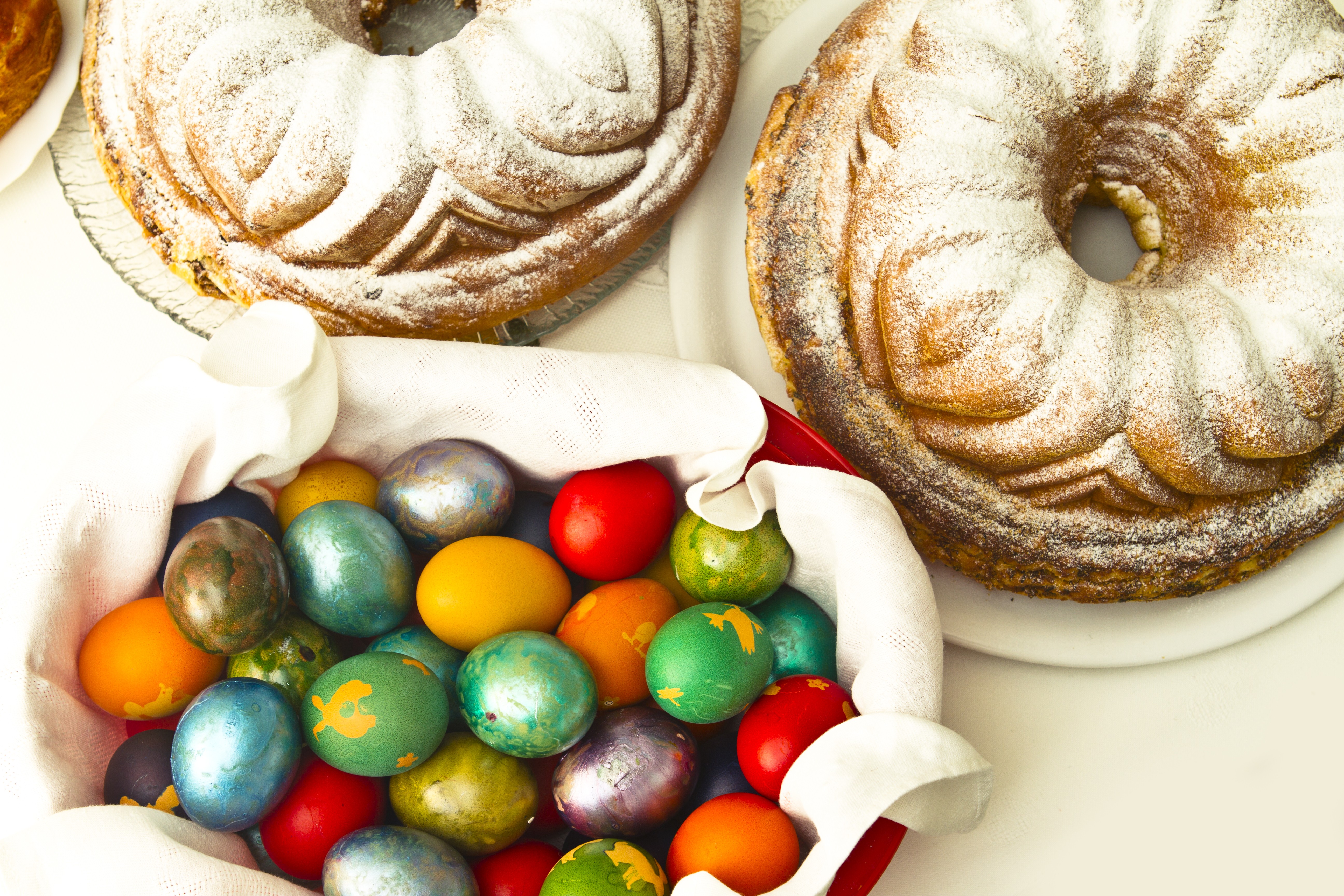Easter is the most important Christian holiday on which Christians celebrate the resurrection of Jesus from the dead. On this day, festively covered tables have been decorated with traditional Slovenian potica for centuries. Tips for baking and some interesting things about Easter below...
Easter is the most important Christian holiday on which Christians celebrate the resurrection of Jesus from the dead. The date of the celebration is determined by the lunar calendar, because believers celebrate Easter every year on the first Sunday after the first full spring moon. According to tradition, strict fasting is ordered on Good Friday, and on Holy Saturday, the dishes that end up on the table for Sunday breakfast are blessed. Ham and dried meat symbolize the body of Christ, red pyres represent drops of blood, horseradish nails, and sprigs represent a crown of thorns. The holiday has its roots in Judaism, as well as in ancient pagan customs, when the arrival of spring was celebrated. On the holiday of spring (vuzem) and on the oldest Christian holiday, the festive table is traditionally covered with delicacies such as lamb, ham, pirhi, horseradish and of course the Slovenian potica, without which we cannot even imagine Easter. In Slovenia, we know more than twenty types of potica, among which the most indigenous is the walnut.
READ MORE: Recipe: homemade walnut potica
Tips and tricks for baking potica
With some courage, practice and knowledge of tricks, it is possible to bake just like our grandmothers do. All ingredients and baking tools should be warmed to room temperature. Add vanilla sugar and grated organic lemon peel to the dough for a better taste. Use only egg yolks for a lighter dough, whole eggs for a thicker dough. Knead the dough carefully and do not beat it. Spread the rolled dough with the filling, the amount of which should be proportional to the thickness of the dough. Juicy raisins soaked in lemon juice can be added to the filling for a better taste. We always roll the pot using a floured tablecloth. Just before baking, coat the potica with a beaten egg, to which a spoonful or two of milk is added. Bake the potica for 40 to 50 minutes. When it is tapped and it sounds hollow, it is definitely cooked.
More information:
www.sl.wikipedia.org






